

For millennia, hunters relied on the raw power and skill demanded by traditional bows. Then, in the 1960s, a revolution arrived with the introduction of the compound bow. This seemingly simple innovation, utilizing a system of cams and cables, fundamentally changed the landscape of modern hunting.
Unleashing Efficiency: The Core Innovation
The key to the compound bow's effectiveness lies in its ingenious design. Unlike traditional bows where the draw weight remains constant throughout the draw cycle, compound bows employ cams that alter the leverage applied to the limbs. This allows for a smoother, lighter draw at the beginning, increasing in weight as the archer nears full draw. Imagine it like having power steering for your bow! This translates to a significant advantage: increased holding power at full draw with less effort required to get there.
The impact is substantial. Hunters can now hold a heavier draw weight for a longer period, translating to increased arrow speed and penetration. This translates to cleaner kills and more ethical hunting practices.
A Technological Arms Race: Advancements and Specialization
The innovation didn't stop there. Early compound bows were long and cumbersome. The introduction of mechanical release aids in the 1970s allowed for shorter bows, improving maneuverability in hunting situations. Materials science also played a crucial role. The shift from wood to lightweight yet strong aluminum and carbon fiber constructions not only reduced weight but also improved overall bow performance.
Modern compound bows are marvels of engineering. Manufacturers utilize cutting-edge technologies like computer-aided design to optimize cam systems and limb configurations. The result? Highly adjustable bows that can be fine-tuned for individual archers and specific hunting scenarios.
Beyond Power: The Ethical Considerations
The increased power of compound bows has sparked discussions about responsible hunting practices. With greater effective range, the onus falls on hunters to ensure ethical shot placement for quick, clean kills. This necessitates a deeper understanding of animal anatomy and responsible hunting ethics.
However, the rise of compound bows has also opened doors for bowhunting opportunities that were previously inaccessible. Hunters can now ethically take down larger game at greater distances, provided they possess the necessary skills and knowledge.
The evolution of compound bows is a fascinating story of innovation and adaptation. From the first groundbreaking designs to the sophisticated technology of today, these bows have transformed the way we hunt. As bowhunters, we must embrace this evolution while remaining committed to ethical practices that ensure the sustainability of this age-old tradition.